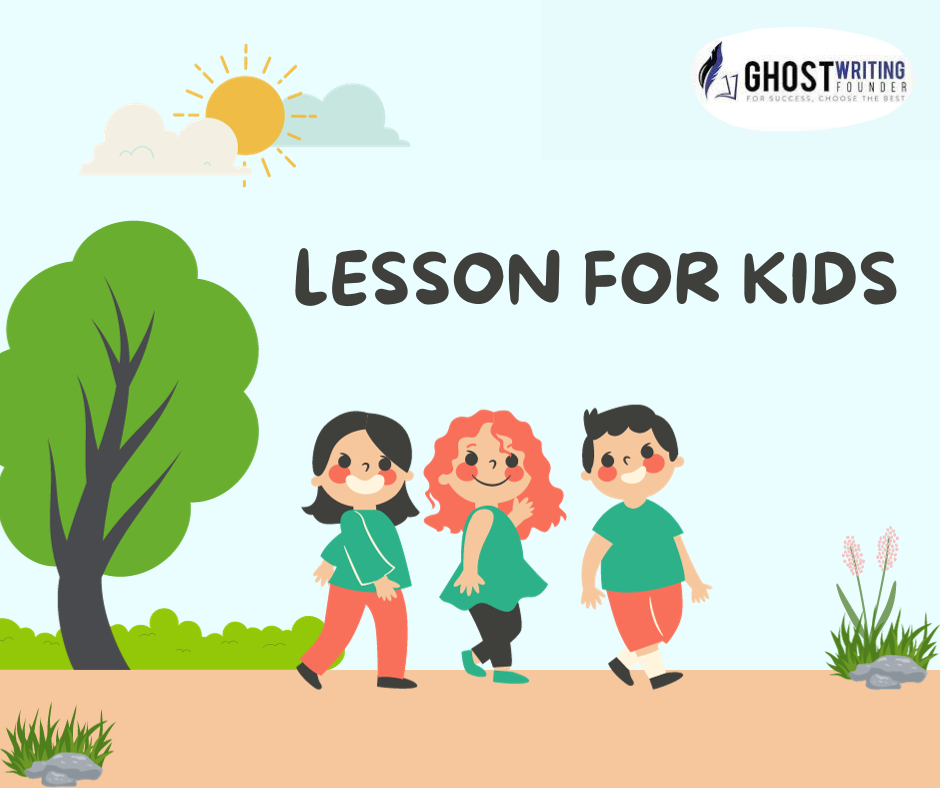
Book Writing
The sequence of events plays a crucial role in captivating young minds and igniting their imaginations in the world of storytelling. Understanding how a story unfolds is not only essential for kids but also paves the way for their cognitive development. For more insights, check out the importance of story sequence in children’s books. In this article, we will learn what story sequence is, breaking down the sequence of events and uncovering its importance in shaping young readers and listeners.
What Is a Sequence of Events in a Story?
A sequence of events is like a story where we write down what happened in the right order. We start with the first thing that happened and finish with the last thing. Here’s an example:
Here’s a Story Sequence of events:
- First Event: On Monday, the boy went to school.
- Second Event: The following day, Tuesday, the boy met his friend at school.
- Third Event: However, on Wednesday, he was absent from school due to having a fever and a sore throat.
- Fourth Event: Thankfully, he returned to school on Thursday after recovering from his illness.
The Importance of Story Sequence
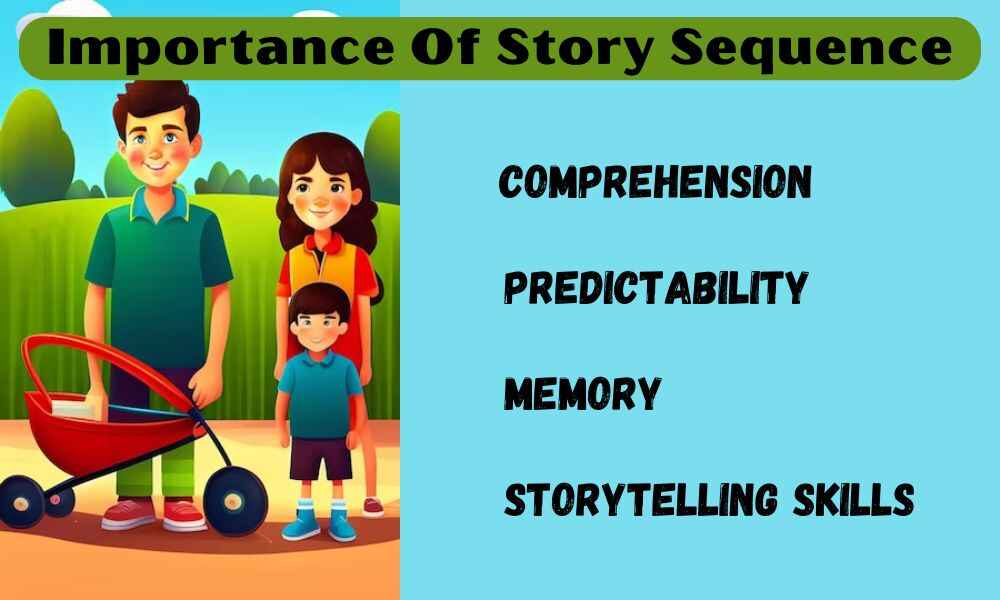
Think of a story as a chain of connected events, like a string of beads on a necklace. Understanding the order of these events, or the sequence, is really important for kids, and here’s why:
Comprehension:
When kids know the order of events in a story sequence, it’s easier for them to understand what’s happening. They can figure out the plot (the main story), the characters (the people or creatures in the story), and how everything fits together. It’s like putting puzzle pieces in the right places to see the whole picture.
Predictability:
Imagine you’re reading a book, and you know what comes next because you understand the sequence. This makes the story more interesting because you can make guesses about what might happen next. It’s like solving a mystery or a puzzle in your head. This helps kids become better at thinking critically and getting involved in the story.
Memory:
Remembering things can be easier when you know the order. If you can remember that something happened first, then something else, and so on, it’s like remembering the steps in a recipe. Knowing the sequence helps kids remember the events in a story more clearly.
Storytelling Skills:
Understanding story sequence doesn’t just help kids read stories; it also helps them tell stories! When kids know how to put events in order, they can tell their own stories more effectively. It’s like building a house – you need to put the bricks in the right order to make it sturdy and make sense.
Teaching Sequence of Events

Teaching the sequence of events is a crucial skill in helping children develop their comprehension and storytelling abilities. This process involves breaking down a narrative into its basic parts and understanding how events unfold in a logical order. Here’s an explanation of the three strategies mentioned for teaching sequence of events:
Interactive Read-Aloud:
Interactive read-alouds are a wonderful way to engage children with stories… Learn more about engaging children with stories through interactive read-aloud techniques. and promote their understanding of the sequence of events. During these sessions, a teacher or parent reads a story aloud while occasionally pausing to interact with the children. This interaction can take various forms, such as asking questions about what has happened so far in the story or encouraging children to make predictions about what might happen next.
Discussion:
Pausing for discussions allows children to reflect on the events they’ve heard and express their thoughts. It promotes active listening and comprehension.
Prediction:
Guessing what might happen next in a story helps kids think carefully. They look at hints in the text to make smart guesses about what might happen in the story. This makes them excited and interested to find out if their guesses are right.
Story Maps:
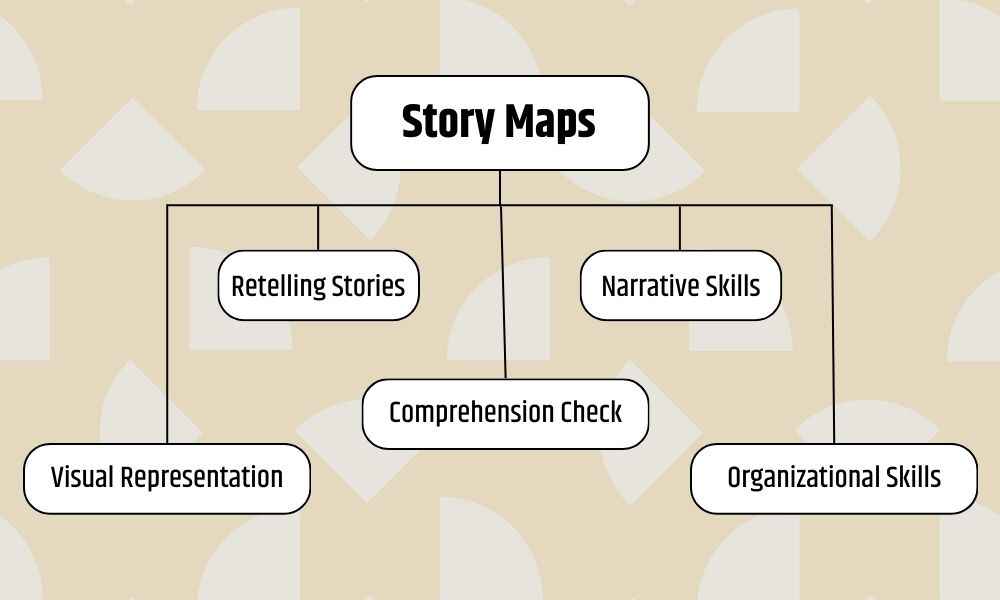
Story maps and graphic organizers are valuable visual tools… Discover more about using these tools effectively in our guide on story maps for children’s stories. for helping children grasp the sequence of events in a story. These tools often take the form of charts, diagrams, or even simple drawings that outline key plot points and their chronological order.
Visual Representation:
Story maps provide a visual representation of the story’s structure. They help children see how events are connected and how the story progresses from beginning to middle to end.
Organizational Skills:
Using story maps encourages children to develop organizational skills as they learn to arrange events in a logical sequence. This skill is transferable to other areas of learning and life.
Retelling Stories:
Retelling stories is a powerful strategy for reinforcing a child’s understanding… For more on storytelling techniques, see our article on children’s narrative skills. of the sequence of events. It involves asking children to recount a story in their own words, focusing on key elements such as the beginning, middle, and end.
Comprehension Check:
When children retell stories, they demonstrate their understanding by recalling and articulating the events in the correct order. This also helps identify any misunderstandings or gaps in their understanding.
Narrative Skills:
Retelling stories nurtures a child’s narrative skills as they learn to structure their storytelling coherently and sequentially. This skill is essential for effective communication and writing.
Are there any fun activities to teach the sequence of events?
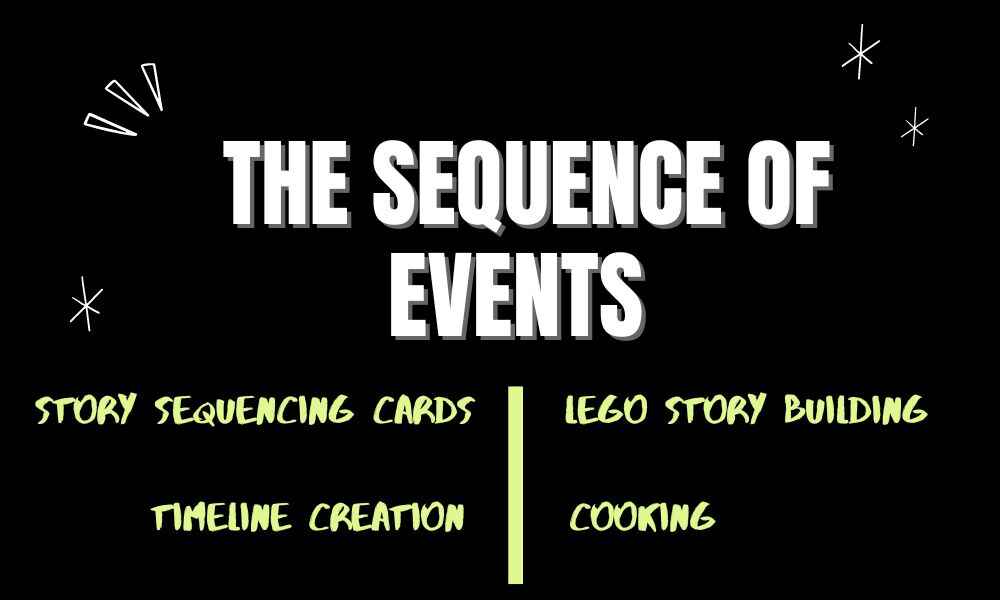
Teaching the sequence of events can be a fun and engaging process for learners of all ages. Here are some creative and enjoyable activities to help teach this concept:
Story Sequencing Cards:
Create a set of cards with pictures or short descriptions of events from a story or historical event. For professional assistance with such educational tools, explore our children’s book editor services. Shuffle the cards and have students work together to arrange them in the correct order. If you need help with projects of this nature, the Ghostwriting Founder has a team of professionals who can provide assistance.
Timeline Creation:
Have students create a timeline of their life, a historical event, or a character from a book or movie. They can use drawings, magazine cutouts, or digital tools to make it visually appealing.
Cooking:
Cooking or baking is a great way to teach sequencing. Have students follow a recipe and discuss the steps in the right order. This not only teaches sequencing but also practical life skills.
LEGO Story Building:
Provide a series of LEGO bricks and have students build scenes from a story or event. Encourage them to put the pieces together in the order they occurred in the story.
Main Attributes and Elaborate Information
| Aspect | Description | Example/Method |
|---|---|---|
| Event Sequence | Order of events in a story. | 1. Boy goes to school. 2. Meets friend. 3. Falls ill. |
| Importance | Why understanding sequence is crucial for kids. | Aids in comprehension, predictability, memory. |
| Comprehension | Understanding the story’s plot and characters. | Putting puzzle pieces together. |
| Predictability | Ability to anticipate what comes next. | Solving a mystery in the story. |
| Teaching Strategies | Methods to teach event sequencing. | Interactive read-aloud, story maps, retelling stories. |
| Interactive Read-Aloud | Engaging children with stories through reading and interaction. | Asking questions, making predictions during reading. |
| Fun Activities | Engaging ways to teach sequence of events. | Story sequencing cards, timeline creation, LEGO building. |
Conclusion:
Understanding the story sequence is a valuable skill that opens the door to a world of imagination and creativity for kids. It helps them become not only better readers but also more proficient storytellers and thinkers. So, dive into the magical world of stories, and let the adventures begin!

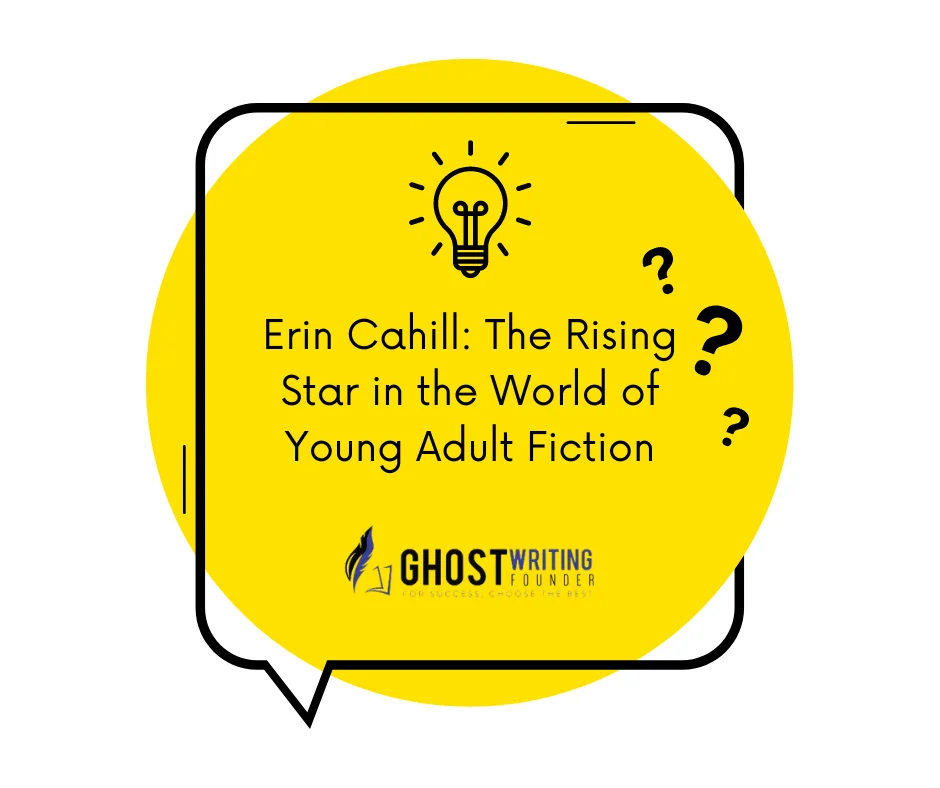







Leave a Reply